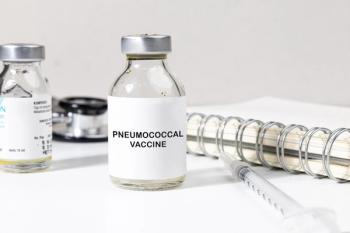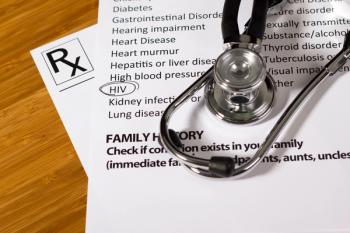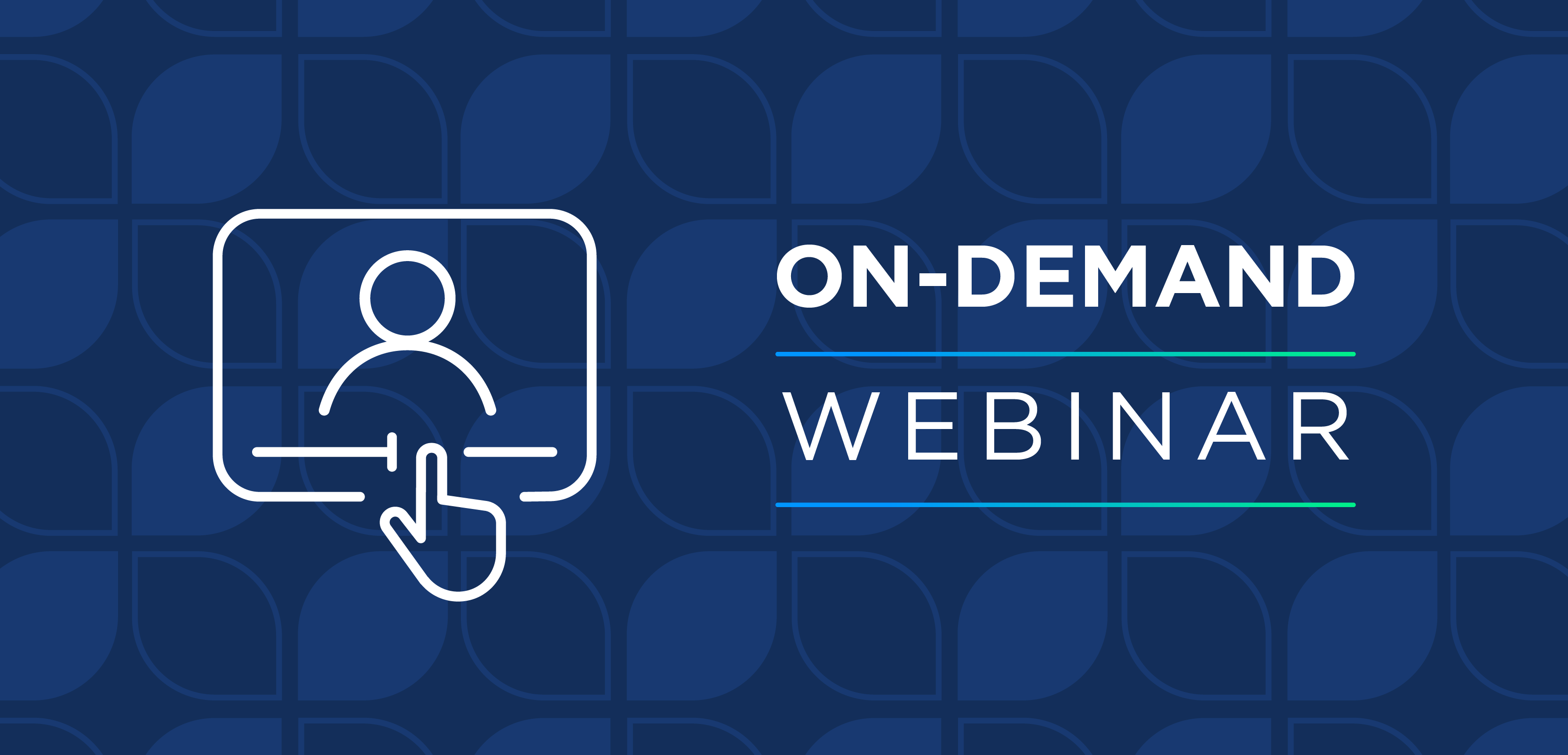
Cardiovascular Practice Program Could Help Pharmacists Lower Patient Blood Pressure
A program that includes peer coaching and monitoring tools can help pharmacists better manage hypertension in patients.
A cardiovascular practice program that includes peer coaching and monitoring tools may help community pharmacists lower blood pressure in their patients, according to a study published in the journal Exploratory Research in Clinical and Social Pharmacy.1 The authors of the study said the program can enhance pharmacy practice and improve patient outcomes.
Hypertension is a significant public health issue in the United States, impacting nearly half of the adult population.2 The condition, also known as high blood pressure, is an important risk factor for cardiovascular disease. While hypertension is a treatable chronic condition, if left untreated, it can lead to many different complications, including heart attack, stroke, heart failure, kidney disease, heart disease, and atherosclerosis.3
READ MORE:
“Community pharmacies have been working to transform their practices from a focus on dispensing medications to a broader perspective that includes medication management services,” the authors wrote. “To help community pharmacies transform their practices, Flip the Pharmacy (FTP) has emerged as an initiative actively embraced by members of the Community Pharmacy Enhanced Services Network (CPESN). A key purpose of FTP is to transform community pharmacy practices to better deliver care services for patients managing chronic conditions such as hypertension and diabetes.”
Investigators from the University of Iowa, in collaboration with the Iowa Department of Public Health and CPESN Iowa, conducted a study to assess the CPT program and its impact on blood pressure, and its feasibility by identifying any obstacles and facilitators. The team developed the CPT program as a modified approach of FTP to guide pharmacies who care for patients with cardiovascular conditions.
The CPT program included peer coaching and materials to support longitudinal monitoring of patients with hypertension. It addressed 5 domains for practice transformation: leveraging an appointment-based model; improving patient follow-up and monitoring; developing new roles for non-pharmacist support staff; optimizing the utilization of technology; and establishing relationships with other care team members.
For the study, 23 pharmacies in Iowa participated in the CPT program. Ten patients from each pharmacy were instructed to take 12 blood pressure readings over 3 to 7 days for 6 months. Pharmacists conducted training sessions with patients to provide instructions on preparation steps, proper device usage, and reporting approaches. During patient visits, pharmacists checked blood pressure, assessed medication adherence, identified medication-related problems and helped address them.
In total, the study included 232 patients with a mean age of 62.4 years. Of those, 53.4% were males, 92.7% identified as Caucasian or White, and each patient was prescribed 7 chronic medications per month on average. The study found that, of 138 patients with hypertension who completed baseline and follow up measurements, systolic and diastolic blood pressure readings decreased significantly. The mean systolic blood pressure decreased from 144.2 mm Hg to 133.6 mm Hg. The mean diastolic blood pressure decreased from 84.4 to 78.3.
Among participating pharmacies, 87% reported that change packages and coaching were the largest facilitators to the CPT program. The largest reported barrier to the CPT program was service documentation at 73.9%, followed by staff time at 69.6% and lack of reimbursement at 65.2%.
“The CPT program had a positive impact on the monitoring and management of patients with uncontrolled blood pressure,” the authors wrote. “In future research, a promising approach to study the effect of CPT program on community pharmacy practice transformation is to adopt the Systems Engineering Initiative for Patient Safety (SEIPS) model to better understand changes, obstacles and facilitators. The SEIPS model involves a work system that includes domains of people, tasks, tools and technology, organization and environment.”
READ MORE:
Ready to impress your pharmacy colleagues with the latest drug information, industry trends, and patient care tips? Sign up today for our
References
1. Doucette WR, Alhersh E, Ludwig L, et al. Effects of a community pharmacy cardiovascular practice transformation (CPT) program on blood pressure. Explor Res Clin Soc Pharm. 2024 Dec 25;17:100559. doi: 10.1016/j.rcsop.2024.100559. PMID: 39845425; PMCID: PMC11750546.
2. Fryar CD, Kit B, Carroll MD, et al. Hypertension prevalence, awareness, treatment, and control among adults age 18 and older: United States, August 2021–August 2023. NCHS Data Brief, no 511. Hyattsville, MD: National Center for Health Statistics. 2024. DOI:
https://dx.doi.org/10.15620/cdc/164016
3. Health Threats from High Blood Pressure. Report. AHA. May 6, 2024. Accessed February 20, 2025. https://www.heart.org/en/health-topics/high-blood-pressure/health-threats-from-high-blood-pressure
Newsletter
Pharmacy practice is always changing. Stay ahead of the curve with the Drug Topics newsletter and get the latest drug information, industry trends, and patient care tips.















































































































